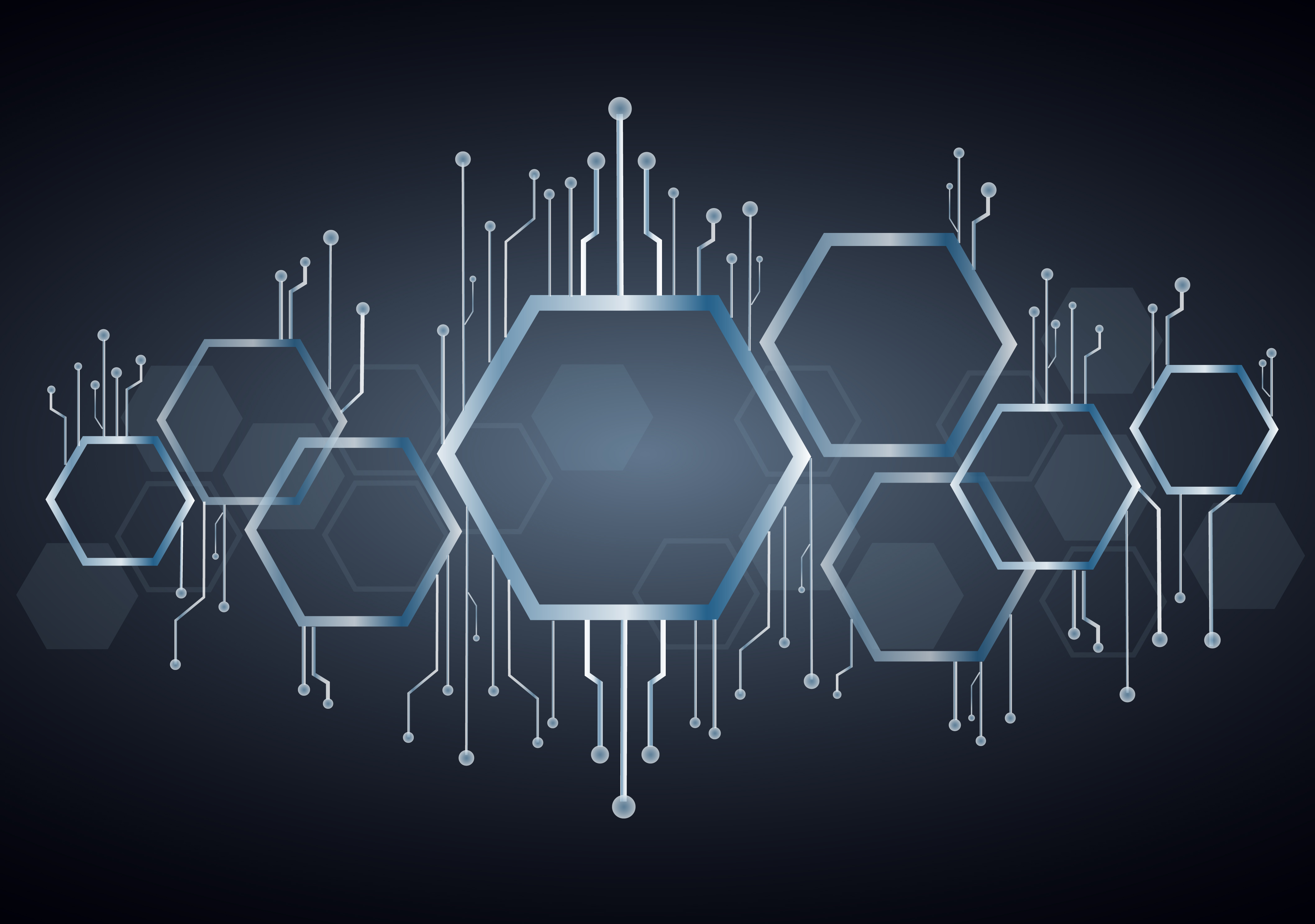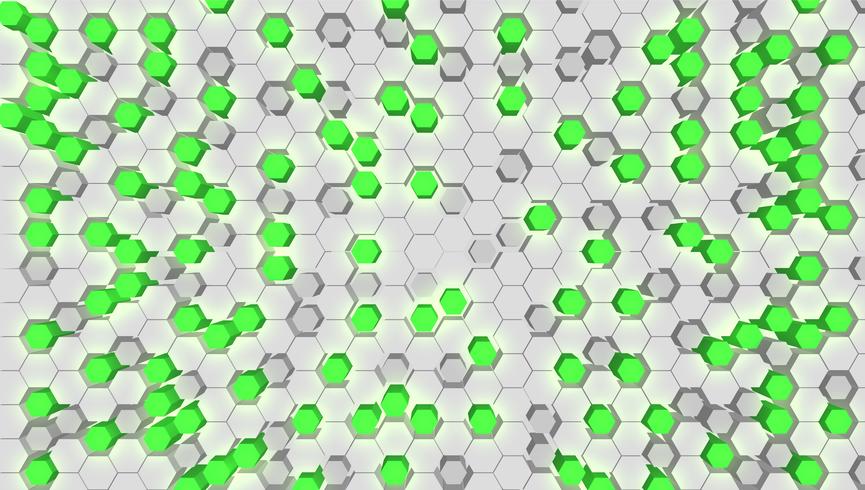
Our technologies are shaping production and people-related ecosystems to become increasingly connected and autonomous – ensuring a scalable, sustainable future. We are putting data to work to boost efficiency, productivity, quality and safety across industrial, manufacturing, infrastructure, public sector, and mobility applications. Hexagon is a global leader in digital reality solutions, combining sensor, software and autonomous technologies. “An Introduction to GNSS” is available as both an eBook at and for purchase on Amazon as a paperback.

“GNSS are at the heart of answering the questions: where am I and how do I get to my destination, and this book shows how answering these questions will help create a sustainable future.”


“During both my forays into space, I relied upon positioning and automation technologies to complete my missions,” said Dr. Robert Thirsk, renowned Canadian astronaut, doctor and engineer, provided the foreword for the third edition. The book also includes how GNSS is combined with other sensor technologies such as inertial navigation systems (INS), laser (LiDAR), sound (radar) and vision (cameras) to enable autonomy.ĭr. With easy-to-read descriptions and illustrations of how GNSS signals and information are used for PNT, the types of equipment required, sources of error and correction techniques, and threats and mitigation solutions, this book provides the reader with a solid foundation of GNSS fundamentals. “Since our first edition over a decade ago, our goal has been to provide a valuable resource for industry professionals and students alike.” “This book provides readers with the basic concepts behind GNSS and how they enable autonomy including real-life applications across transportation, agriculture, mining, marine, unmanned vehicles, defence, survey and more,” said Neil Gerein, VP marketing for Hexagon’s Autonomy & Positioning division.

Written by industry experts at Hexagon, the third edition includes updates to the various GNSS constellations (GPS, GLONASS, BeiDou, Galileo and more), recent technology advancements to enhance positioning, navigation and timing (PNT) accuracy, and a new chapter on the growing field of automotive autonomy.


 0 kommentar(er)
0 kommentar(er)
